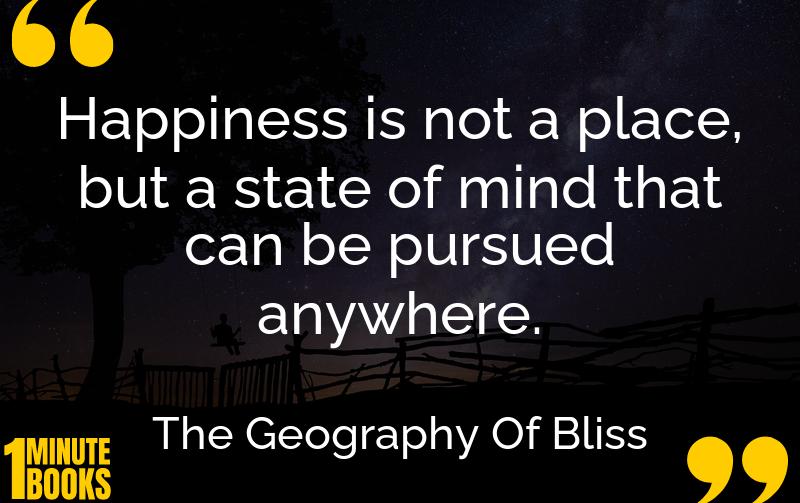
Eric Weiner’s ‘The Geography of Bliss’ is a travelogue exploring happiness across various countries, highlighting cultural and societal differences in the perception and pursuit of happiness.
Main Lessons
- Happiness varies greatly across cultures and locations.
- There’s no single formula for happiness; it depends on multiple societal factors.
- Material wealth isn’t the sole determinant of happiness.
- Countries with strong social bonds tend to report higher happiness levels.
- The pursuit of happiness is both personal and cultural.
- In some places, less emphasis on materialism can increase overall contentment.
- Government policies can significantly impact citizens’ happiness.
- Community and belonging are crucial elements of happiness.
- Sometimes, a slower pace of life correlates with higher happiness.
- Understanding different cultural perspectives can broaden personal happiness strategies.
- Nations like Bhutan prioritize happiness over economic growth.
- Societies valuing mental wellbeing tend to be happier.
- Despite challenges, happiness can often be found in adversity.
- Natural landscapes and environments can influence happiness positively.
- Personal happiness inevitably ties back to societal and cultural frameworks.








